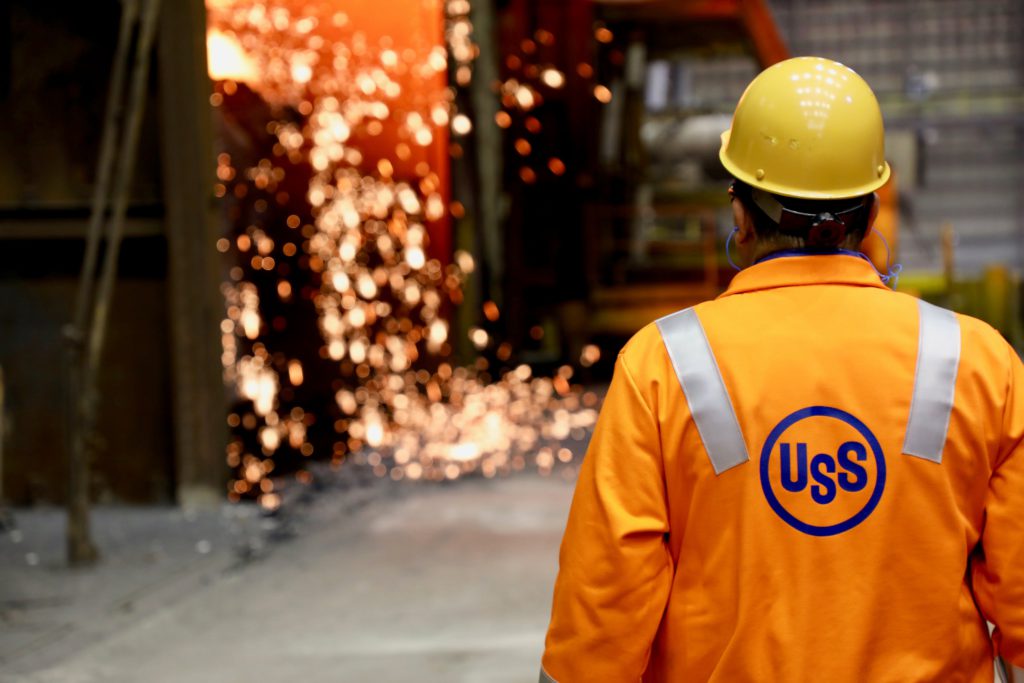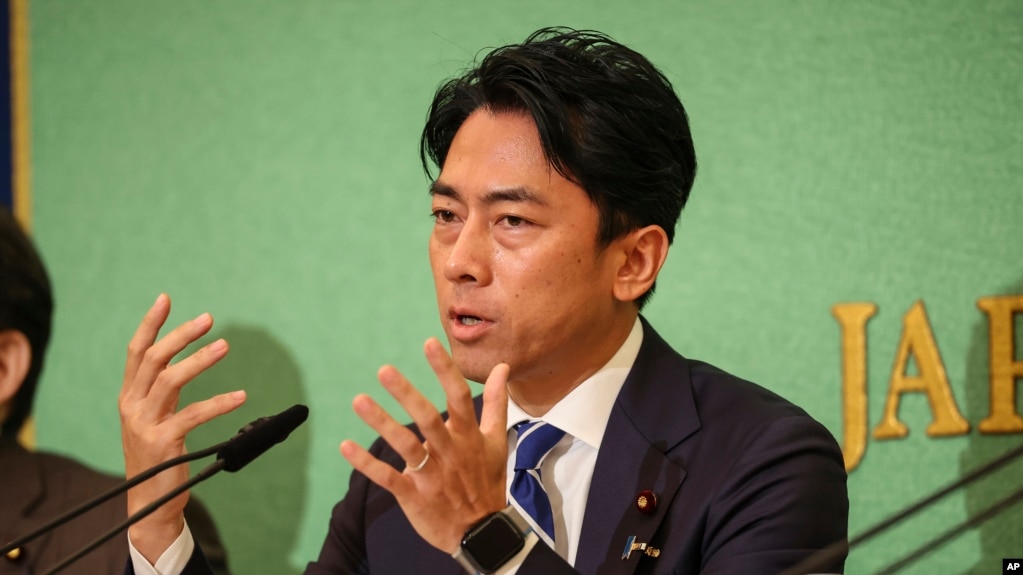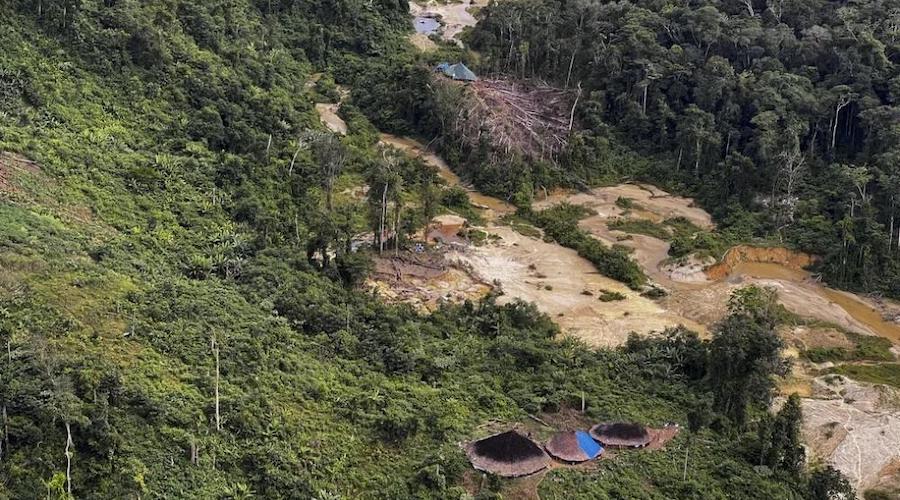A long exploration effort has led to the reportedly massive discovery of oil and gas reserves in Pakistan’s territorial waters, a cache so large that it is said it could change the economic trajectory of the beleaguered country. But no one is rushing to drill in Pakistan, and experts are concerned about jumping the gun.
According to DawnNewsTV, the three-year survey was undertaken to verify the presence of the oil and gas reserves. “If this is a gas reserve, it can replace LNG imports and if these are oil reserves, we can substitute imported oil,’’ former Ogra (Oil and Gas Regulatory Authority) member Muhammad Arif told DawnTv.
However, Arif has cautioned that it would take years before the country could be able to exploit its newfound fossil fuel resources, adding that exploration alone required a hefty investment of around $5 billion and it might take four to five years to extract reserves from an offshore location.
Pakistan covers 29% of gas, 85% of oil, 50% of liquefied petroleum gas (LPG), and 20% of coal requirements through imports, according to the Economic Times. Pakistan's total energy import bill in 2023 clocked in at $17.5 billion, a figure projected to rise to $31 billion in seven years, as per an Express Tribune report. The new discovery is no doubt a big boon for the struggling economy.
Since 2021, Pakistan has been hit with mounting debt and skyrocketing inflation, with inflation hitting nearly 30%. Meanwhile, the economy only expanded 2.4% in 2023, missing the 3.5% target. This has forced the country to rely heavily on foreign aid, which is often elusive. In January this year, Pakistan sought $30 billion for gas production to cut its fuel import bill.
According to Pakistan’s Energy Minister Mohammad Ali, Pakistan has 235 trillion cubic feet (tcf) of gas reserves, and an investment of $25 billion to $30 billion would be enough to extract 10% of those reserves over the next decade to reverse the current declining gas production and replace the import of energy.
The persistently high inflation could push Pakistan over the edge, "There is no precedent in Pakistan’s history of such a long and intense spell of inflation gripping the country," columnist Khurram Husain has written in Dawn.
A Game-Changer? Maybe.
Although Pakistan's hydrocarbon resources are yet to be quantified, some estimates suggest that this discovery constitutes the fourth-largest oil and gas reserves in the world. This could be a potential game-changer in the region’s energy flows.
Back in July, S&P Global Commodity Insights reported that four largely unexplored sedimentary basins in India could hold up to 22 billion barrels of oil. In effect, lesser-known Category-II and III basins namely Mahanadi, Andaman Sea, Bengal, and Kerala-Konkan contain more oil than the Permian Basin which has already produced 14 billion of its 34 billion barrels of recoverable oil reserves.
Rahul Chauhan, an upstream analyst at Commodity Insights, emphasized the potential of India’s unexplored Oil & Gas sector, "ONGC and Oil India hold acreages in the Andaman waters under the Open Acreage Licensing Program (OALP) and have planned a few significant projects. However, India still awaits the entry of an international oil company with deepwater and ultra-deepwater exploration expertise to participate in current and upcoming OALP bidding rounds and explore these frontier regions," he has declared.
Currently, only 10% of India’s 3.36 million sq km wide sedimentary basin is under exploration. However, Petroleum Minister Hardeep Singh Puri says that that figure will jump to 16% in 2024 following the award of blocks under the Open Acreage Licensing Policy (OALP) rounds. So far, OALP has resulted in the award of 144 blocks covering about 244,007 sq km. Under OALP, India allows upstream exploration companies to carve out areas for oil and gas exploration and put in an expression of interest for any area throughout the year. The interests are accumulated thrice a year following which they are put on auction. According to Puri, India’s Exploration and Production (E&P) activities in the oil and gas sector offer investment opportunities worth $100 billion by 2030.
So why is no one rushing to Pakistan to drill?
Shell announced it was selling its Pakistan business stake to Saudi Aramco in June last year, and an auction for 18 oil and gas blocks at the same time last year got a muted response from international bidders, at best. No international companies even bid on 15 of the blocks, according to The Nation.
In July, the country’s Petroleum Minister, Musadik Malik, told a parliamentary committee that no international companies were interested in offshore oil and gas exploration in Pakistan,and those in the country largely had the exit door in view.
It comes down to security, and risk versus reward with Malik explaining to the committee that the cost of security is a major deal-breaker because “in areas where companies search for oil and gas, they have to spend a significant amount to maintain security for their employees and assets”. And security is provided by Pakistan, which has not been up to the task.
In March this year, five Chinese engineers were killed in a suicide attack in Pakistan’s northest, when a vehicle rigged with explosives rammed into a bus transporting staff from Islamabad to the giant Dasu dam project in the Khyber Pakhtunkhwa province. The project is part of the $62-billion China-Pakistan Economic Corridor (CPEC). This incident sparked a series of temporary shut-downs across other projects, as well.
Earlier that same month, insurgents attacked Chinese assets in Pakistan’s southwest, storming the Gwadar Port Authority complex, which is run by China. The attacks were perpetrated by the Balochistan Liberation Army (BLA), separatists fighting for an independent Balochistan, as reported by the Lowy Institute.
Essentially, what this means is that it will be China or bust for Pakistan, as state-owned or state-controlled Chinese explorers have a vastly different appetite for risk. And these massive reserves are not likely to get out of the ground without Aramco showing more desire or the Chinese stepping in, for which discussions are already underway, according to Malik.
In the meantime, Iran is said to be smuggling a billion dollars in fuel into Pakistan every year, as the country’s oil and gas crisis emboldens the black market trade.
By Alex Kimani for Oilprice.com









